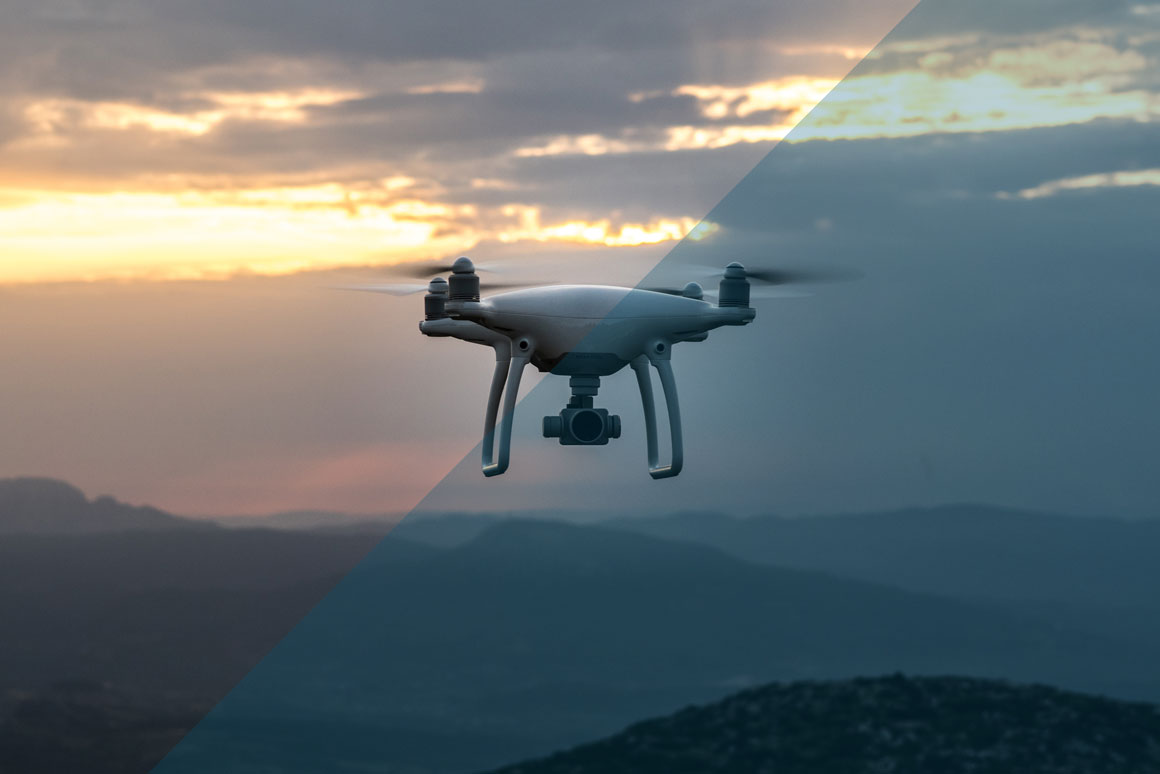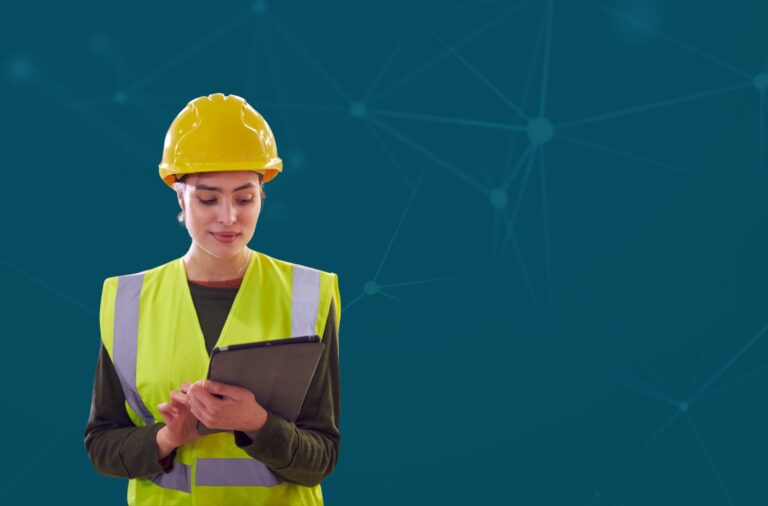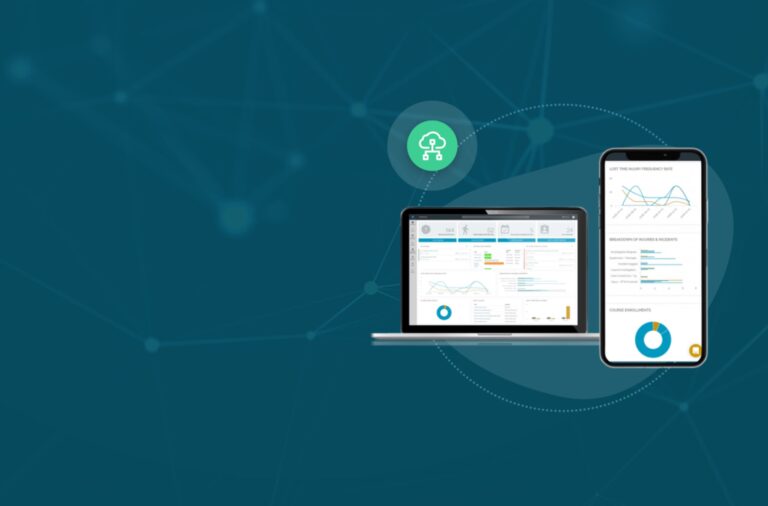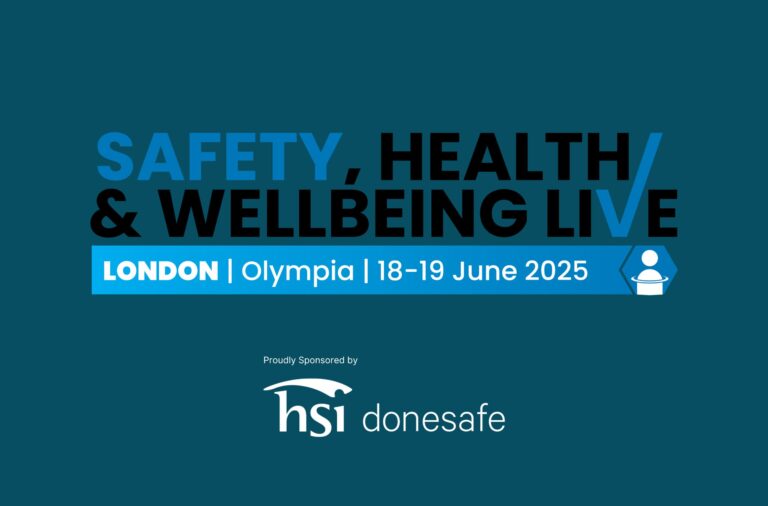
Which of the technologies has been making the largest impact on EHS management?
Smart devices are becoming a bigger part of our everyday lives. Fitness trackers and voice assistants
are pretty mainstream, and having a completely connected home is just on the horizon, thanks to
internet-enabled appliances and remote security monitoring. One of the typical outcomes is that
consumer-facing innovations often become adapted for commercial use. The area of EHS
technology, in particular, has been keeping pace with new developments in everything from
wearables to artificial intelligence (AI).
How can this inevitable technology be harnessed to provide the most benefit?
As with any new technology, there is always a learning curve. Today’s brilliant technical solution may
end up being tomorrow’s cyber vulnerability or ethical disaster. In the spirit of EHS management, the
adoption of new EHS technology should be done with concern for the security and integrity of the
process. In other words, an implementation should be designed to minimize the risk of misuse or
unintended consequences.
Wearables
What kind of EHS technology is becoming more prevalent and how is it being used? One of the best known and widely used technologies is wearable tech. The Apple Watch and similar devices work by
logging data on the user’s fitness and health. Similarly, wearable tech can be used in an EHS setting
to log incidents directly from the device. This means that incidents are logged in real-time,
minimizing the risk of error in later reporting. Smart glasses are another option that provides a
similar advantage and often even lets the user make a video recording of the incident. Some devices
can even be programmed to learn and respond to a worker’s gestures, which may indicate different
kinds of danger or distress.
Aside from incident reporting, wearables can also be used as personal and environmental
monitoring devices. In the first case, the wearable device can be set up to measure an employee’s
vital signs, and send out an alert that he or she is under too much exertion. This serves as a reliable
preventive measure that alerts the worker and supervisor(s) that something is amiss. Without the
device, the employee may not notice the first signs of over-exertion until much later. Environmental
monitoring, on the other hand, can alert the user if it senses harmful or toxic environmental stimuli,
such as chemicals, gases, or even excessive noise levels.
Virtual Assistants
The reporting function of EHS management relies on the protocol, and for many professionals that
means closely following a series of required steps. Not only is this often a lengthy process, but the
number of tasks and requirements to complete can open the door to human error. A virtual
assistant can be an invaluable resource, helping speed along the reporting process while increasing
accuracy. Although virtual assistants have yet to become mainstream in EHS management, reducing
the potential for minor mistakes, while improving efficiency, seems to be a win-win situation.
Internet of Things (IoT)
The term internet of things often comes up in reference to internet-connected smart devices.
Essentially, anything that is online, whether it is a TV or a toaster, is part of the IoT. This
connectedness certainly has its pros and cons, and it’s already beginning to shape EHS technology in
meaningful ways. In EHS management, this works through the networking of physical and mobile
devices, buildings, sensors, and other connected devices, in a way that enables these devices and
entities to connect and exchange data. For example, data on emissions monitoring may be collected
by one node in the network and shared with other relevant receptors. Such an interconnected
system involves the collection of data on one end and the connection, or ‘plugging in’ of this data
across a network to yield conclusions about the issue being monitored.
Beacons and Sensors
Beacons placed on equipment are devices that can broadcast information to nearby mobile devices,
allowing those mobile devices to perform some kind of action. The technology is becoming more
widespread, with iBeacon by Apple being the most widely used protocol. Sensors are similar to
beacons, but rather than broadcasting information, they have the ability to detect changes in the
surrounding environment. Beacons and sensors complement each other and have a wide variety of
uses both within and outside EHS management. In terms of EHS technology, these devices may alert
an employee if they are not wearing the proper safety equipment, send out warnings about hazards,
or alert employees about malfunctioning equipment.
Virtual and Augmented Reality
Although they sound similar, virtual and augmented reality are in fact different ways of using the
technology of virtual enhancement for practical ends. Here’s how they differ: augmented reality is
an enhanced version of reality, whereas virtual reality is a simulation or reproduction of reality.
Augmented reality includes technologies like smart equipment, for instance, safety goggles or
helmets that detect information about the environment, or provide real-time instructions to the
user. Virtual reality is most commonly used for developing training programs. These video game-like
exercises expose workers to a simulation of a particular environment, giving them adequate
preparation for a scenario they will be facing in real life. Allowing the trainee to be fully immersed in
the scenario has proven beneficial by reducing the risk of unpleasant surprises, incidents, and
injuries later on.
Artificial Intelligence (AI)
AI is one of those technologies that has reached a certain threshold of development: it’s clear that it
will continue to play an increasing role in the future, but it has also faced many practical setbacks.
Think of the self-driving vehicle accidents or the Twitter bot experiment that took an unfortunate
turn. The role of AI in EHS management hasn’t been completely mapped out yet, but the goals are
straightforward: increase regulatory compliance while reducing costs. Towards these goals, AI may
assist with the tracking of near-miss incidents by linking a large database of regulatory codes with a
company’s monitoring database. While humans definitely have the upper hand when it comes to
skills like intuition, we have a harder time registering cases where an incident was narrowly avoided.
That’s where artificial intelligence can come in handy. Harnessing the ability of AI to register even
slight near-misses can translate into actual cost savings. Even before AI, companies were able to
reduce losses up to 90 percent simply by investigating near-misses. Clearly, there would be a major
advantage in successfully implementing AI into EHS technology.
Related articles –
What Is The Difference Between Artificial Intelligence And Machine Learning?
And as always, keep safe out there.
By Donesafe at donesafe.com
Share:



